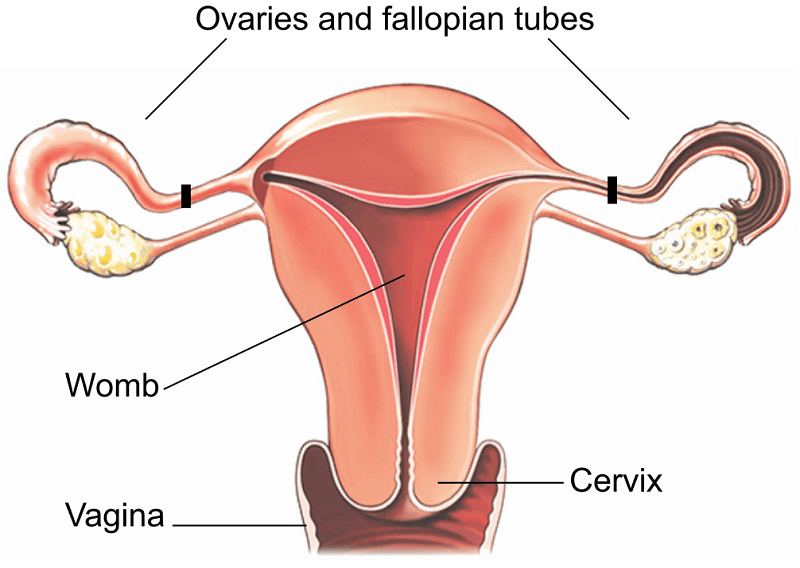Laparoscopic sterilization, commonly known as "having one's tubes tied," is a surgical procedure used for permanent contraception in women. This minimally invasive technique involves blocking or sealing off the fallopian tubes, preventing eggs from traveling from the ovaries to the uterus, thus preventing pregnancy.

The procedure is typically performed under general anesthesia, although local anesthesia with sedation may also be an option. During laparoscopic sterilization, small incisions are made in the abdomen, through which a laparoscope—a thin, flexible tube with a camera and light—is inserted. This allows the surgeon to visualize the pelvic organs, including the fallopian tubes, on a monitor.
Once the fallopian tubes are located, various techniques may be used to occlude or block them. The most common method involves placing small clips, rings, or coils on the fallopian tubes to block the passage of eggs. Another method involves sealing the tubes using electrical current or heat, a process known as electrocoagulation or cautery. In some cases, the tubes may be cut and tied off with sutures.
Laparoscopic sterilization offers several advantages over traditional open surgery. Firstly, it is minimally invasive, meaning it requires smaller incisions and results in less postoperative pain and scarring. Additionally, laparoscopic procedures typically have shorter recovery times, allowing patients to return to their normal activities sooner.
One of the key benefits of laparoscopic sterilization is its high efficacy in preventing pregnancy. Studies have shown that the failure rate of laparoscopic sterilization is less than 1%, making it one of the most effective forms of contraception available.
While laparoscopic sterilization is generally considered safe, like any surgical procedure, it carries some risks. These may include bleeding, infection, damage to surrounding organs, and anesthesia-related complications. Additionally, while the procedure is intended to be permanent, there is a small risk of failure or subsequent pregnancy, particularly if the fallopian tubes spontaneously reopen or if the procedure was not performed correctly.
It's important for individuals considering laparoscopic sterilization to understand that it is a permanent form of contraception and should only be chosen by those who are certain they do not want to have children in the future. While reversal procedures are available, they are not always successful and may be costly and invasive.
Before undergoing laparoscopic sterilization, individuals should have a thorough discussion with their healthcare provider to ensure they understand the risks and benefits of the procedure and to explore alternative forms of contraception if desired.
In conclusion, laparoscopic sterilization is a safe and highly effective method of permanent contraception for women. By blocking the fallopian tubes, it prevents eggs from reaching the uterus, thereby preventing pregnancy. While it carries some risks, for many individuals, the benefits of laparoscopic sterilization outweigh the potential drawbacks, offering long-term peace of mind and reproductive control.
